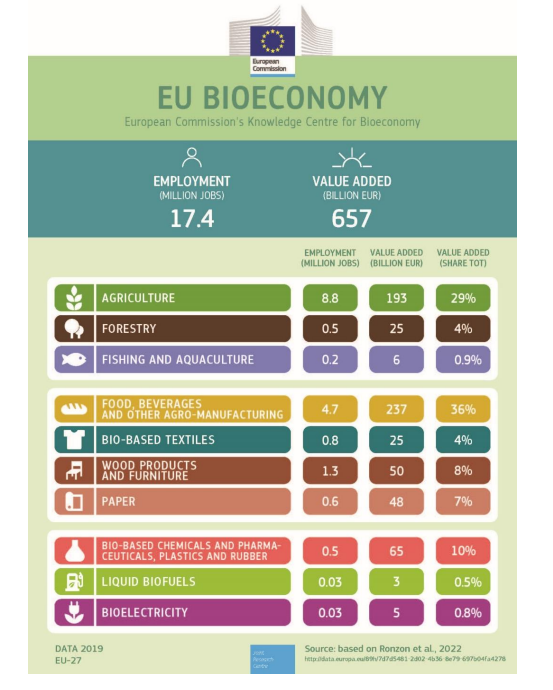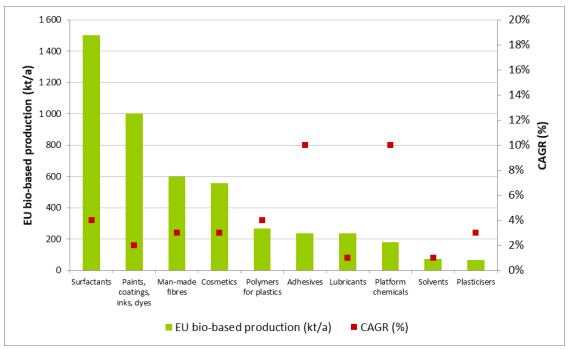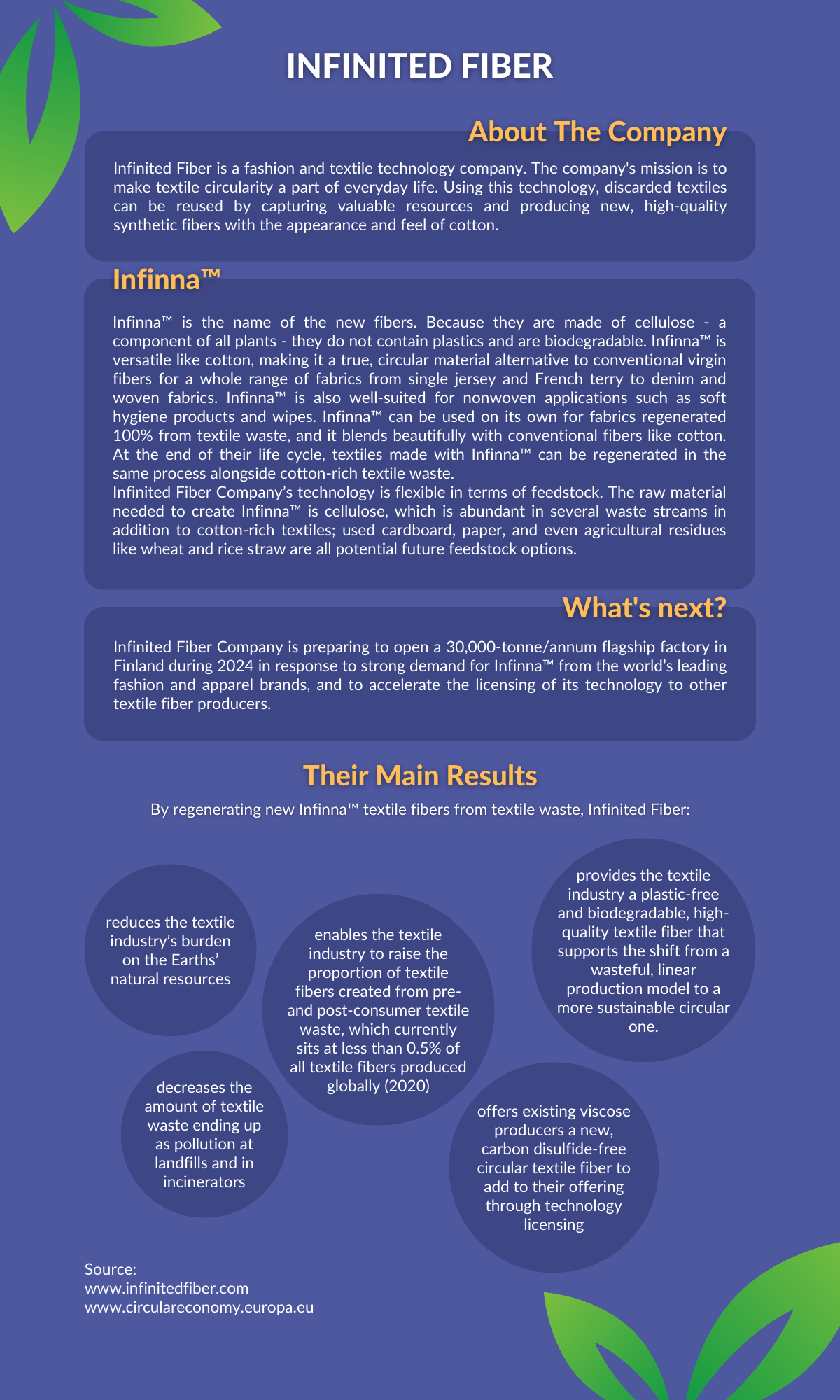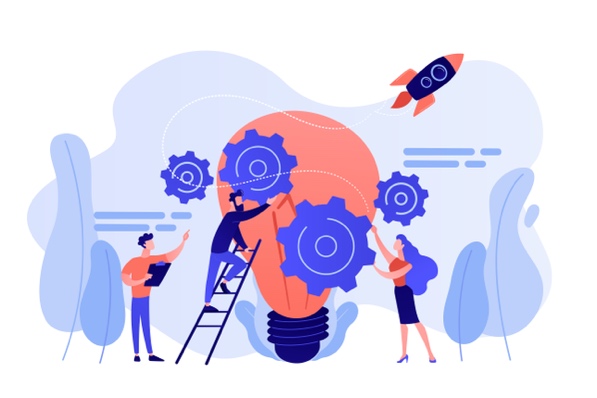|
|
Module 1: The Open Innovation principle and Open Innovation process for agro-industry and bioeconomy. |
|
|
Bahar Bahramian Dehkordi, Nikhil Phadnis |
|
|
Open Innovation has become a new paradigm for organizing innovation and driving profitability not only in several mainstream industries like consumer products, automotive, or services but also the minorities such as bioeconomy, fish and organic farming etc. Module one familiarizes an individual with the world of Open Innovation, its history, and why the world jumped on the trend of OI investing in Open Innovation activities. The module provides comprehensive information on the bio-economy and agricultural industry, showcasing the impact that Open Innovation has had on it. Additionally, the module dives deeper into the principles of Open Innovation, its potential use cases, and relevant contextual case studies. This module provides SME managers with the basics of Open Innovation concepts and illustrates them in the form of case studies to signify their importance in a world of uncertainty. |
|
Upon completing this module, you should be able to: |
|
1. Innovation in the Bio-economy and agriculture sector
Over the past decade, there has been an increasing focus on sustainability and bio-economy globally. At the same time, the scope of bioeconomy has also been unclear. In 2012, the EU Commission published its strategy for “innovating for sustainable growth: a bio-economy for Europe” which dictates their version of what should and what should not be included considering bio-economy. It states, “the production of renewable biological resources and the conversion of these resources and waste streams into value-added products, such as food, feed, bio-based products, and bioenergy. Its sectors and industries have strong innovation potential due to their use of a wide range of sciences, enabling and industrial technologies, along with local and tacit knowledge” [1].
The concepts of bioeconomy and bioeconomy policy have evolved from the first EU Bioeconomy Strategy in 2012 to the updated 2018 Bioeconomy Strategy (see Figure 1). The bioeconomy covers all sectors and systems that rely on biological resources (animals, plants, micro-organisms and derived biomass, organic waste), their functions and principles. Several general trends in bio-economy are visible throughout the European Union namely:
- National bio-economic strategies are becoming more strict throughout Europe
- Use of biomass for food and feed and woody biomass is increasingly used
- Public involvement in research and innovation, fundings for entrepreneurs, bio-economy research projects are also at their peak.

Figure 1. Development of the EU Bioeconomy Strategy. Source: EU Bioeconomy Strategy Progress Report
To showcase the importance of bio-economy, Figure 2 demonstrates the use of biomass as a waste resource turned into valuable products. 20% of the biomass produced is currently used for plant-based food for animal feed. While the market growth rate between 2009 and 2017 for biomass was 1%, it has increased to 10% in the last decade. At the same time, primary and secondary woody biomass use has increased by 25% and 29% in the past two decades. 49% of Biomass from wood is used in the EU for energy and 19% from secondary sources and post-consumer food that is utilized for industrial processing. There’s been a gradual increase and cascading effect for the use of biomass in forest-based industries and is expected to grow further. Today, biomass production and biomass conversion to food and beverages manufactured by these products accounted for 433 billion euros in revenue with an increasing number of novel food applications. Research predicts that the global market share for bio-based chemicals and materials is twice as compared to the fossil fuel sector with the highest labour productivity in bioelectricity, bio-based chemicals, pharmaceuticals plastics, and paper industry [2].

Figure 2. Employment and value added generated in the biomass producing and manufacturing sectors in the EU. Source: EU Bioeconomy Strategy Progress Report
The biomass production and conversion into food, beverage, manufactured bio-based products and liquid biofuels and bioelectricity employs 17.42 million workers and generates 657 billion euros value added in the EU’s post-Brexit sectorial composition in 2019. These sectors of the bio-economy, therefore, concentrate 8.3% of the European labour force and provide 4.7% of its GDP. Looking at the overall growth rate of several bioeconomy industries below, bio-based chemical categories, specifically platform chemicals and adhesives show the highest potential for growth with an expected CAGR of 10% by 2025 (Figure 3) [3].

Figure 3. EU bio-based chemical production by chemical category in 2018 and associated expected annual growth rate by 2025. Source: EU Bioeconomy Strategy Progress Report
The bio-based chemical market is relatively small, with the average share of bio-based chemical products in the overall chemical market being 3.0%. Therefore, there is a significant potential for growth. Polymers for plastics and surfactants also show promising development with an expected CAGR of 4%.
As the bio-economy and innovation in this sector have been evolving in recent years, several start-ups and small and medium-scale enterprises entering the bio-economy sector with product innovations have been attracting attention from venture capitalists and investors [4].
The following infographic explains about Infinited Fiber, a Finnish start-up in bio-economy.

Source: Freepik
If you would like to learn more about Infinited Fiber watch this video.
Quiz:
Take 3-5 minutes and think:
Why bio-economy is important? And Why innovation plays a great role in today’s bio-economy sector?
Why Innovation is important?
Innovation is viewed as a strategy for business development that involves creating new products and processes, adapting technologies, providing advanced training for workers, and implementing changes in organizational culture. Through these efforts, businesses are able to compete more effectively and promote the well-being of their communities. Furthermore, innovation is seen to have a wider impact on society as it enhances the productive potential of nations, addresses problems and needs, and plays an important role in economic development [5].
In the agricultural and food sectors, there has been a rise in innovative projects involving customers, suppliers, and universities, despite limited technological advancements in this field. Innovation within the food chain encompasses a wide range of actors, including the producers of agricultural inputs (such as seeds and fertilizers), agricultural product growers (such as fruit and vegetable farmers), processors who create final agri-food products, and distributors who bring these products to market. Each of these actors has a distinct role to play in the impact of innovation within the food chain [6]
The agri-food sector in Europe is an important part of the economy, employing millions of people and generating significant revenue. However, the majority of businesses in this sector are SMEs, which face unique challenges in terms of innovation and competitiveness.
One of the main constraints that SMEs in the agri-food sector face is a lack of resources. Compared to larger companies, SMEs have limited financial and human resources to invest in research and development, which can make it difficult for them to keep up with the latest technological advances and market trends. This lack of resources can also hinder their ability to enter new markets and expand their operations. Despite these challenges, SMEs in the agri-food sector do have some advantages over larger companies. For example, they are often more agile and able to respond quickly to changing market conditions or new opportunities. They may also be more closely connected to local communities and have a better understanding of local consumer preferences [7]
Innovation development is a costly and time-consuming process, which has led to the emergence of a new paradigm known as “open innovation”. Under this approach, partners and stakeholders of a business can participate in the innovation process, generating ideas that take into account the business’s environment. The cost of developing these ideas is shared among all involved partners and stakeholders [8].

Source: Freepik